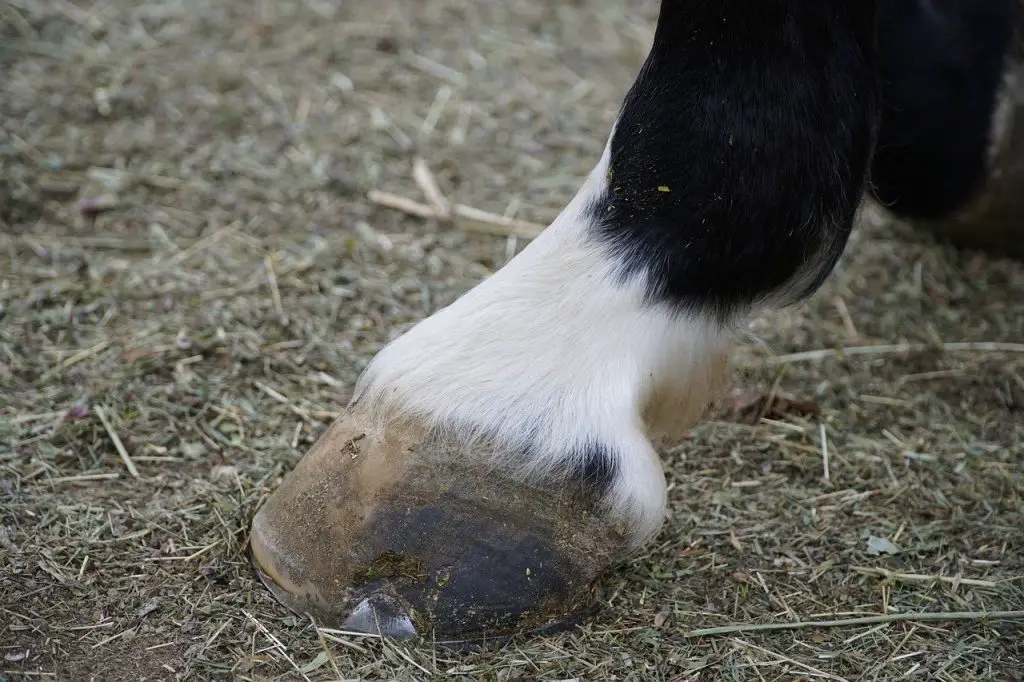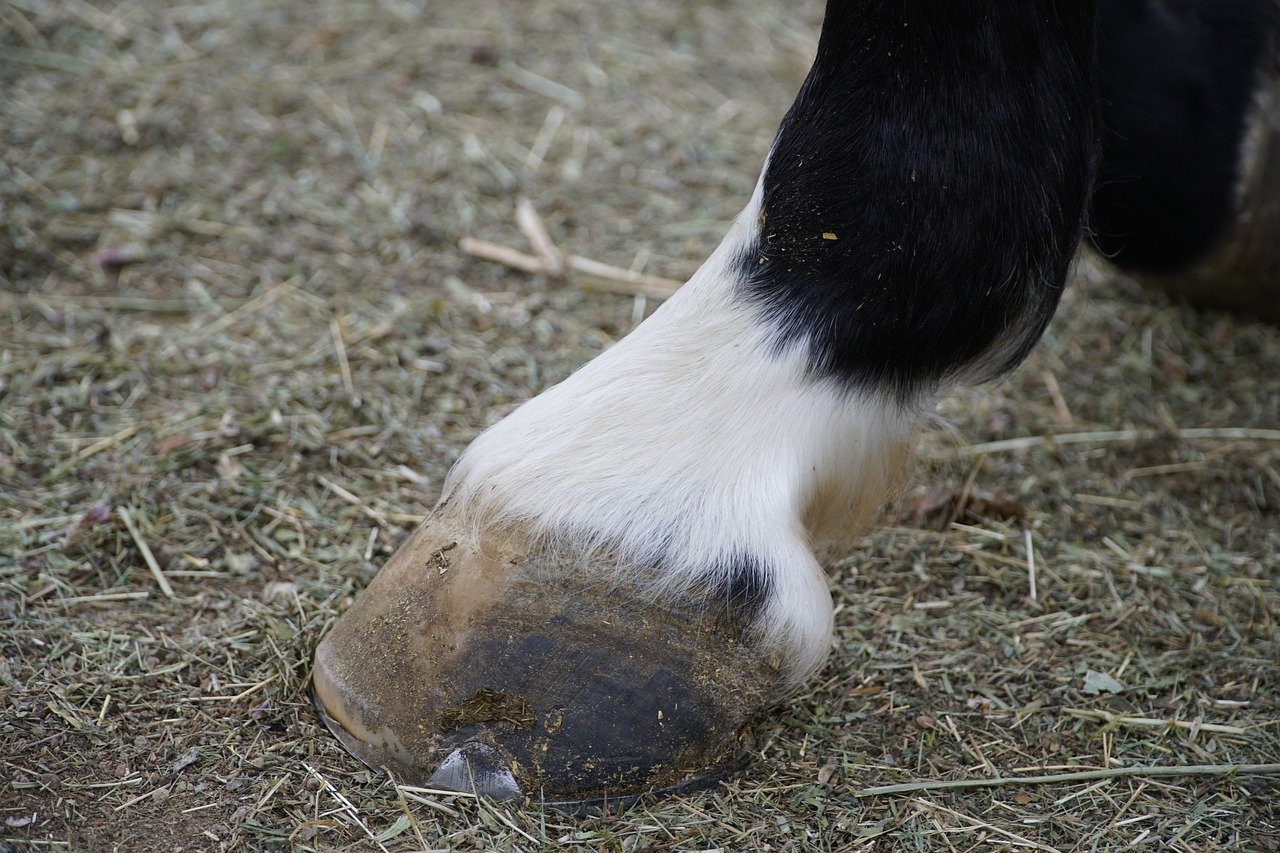Last Updated on March 29, 2022 by Allison Price
A radiographic finding of distal phalanx demineralization, pedal osteitis, is commonly seen with widening vascular channels. This is best seen on a 65deg dorsopalmar radiographic image. The term is often used to refer to changes in the dorsal (toes) solar margin. However, bone resorption can also be described. Bony resorption is usually caused by repeated pressure or inflammation in the affected area. It can be focal due a lesion like a Keratoma or diffuse due to chronic toebruising. In these cases, the entire distal margin may look “moth-eaten”, due to bone resorption at its solar margin. Chronic laminitis patients often experience resorption in the toe area. This is because the displacement of the distal end of the phalanx causes a lack of sole depth between the ground and the solar margin. This can lead to chronic trauma and inflammation in that region and the surrounding soft tissue (i.e., sole bruising, chronic subsolar seizures). The radiographic finding of bone resorption in the toe region is not indicative of current pathology. It could be due to an older condition. It is important to perform a thorough examination, including applying hoof testers to the entire foot’s solar margin and a lameness exam with nerve blocks if there is lameness. The entire solar surface including the toe will be anesthetized using a palmar digital nerveblock.

Because toe bruising can be bilateral, pedal osteitis is a differential diagnosis for this condition. Both conditions respond to a palmar nerve block. Radiography can be used to diagnose and differentiate from navicular diseases. Aseptic pedal osteitis is usually caused by chronic subsolar abscess. The sepsis is isolated to the soft tissues. Radiographic signs of sequestration and severe focal lucency may be indicative of septic pedal osteomyelitis. However, lucency can also occur after an abscess has been drained. Subsolar gas is usually a cause for lucency. If the distal phalanx is affected, it should not be treated unless it has been documented as septic.
Only active septic processes, such as radiographic changes in pedal osteitis, require local treatment (i.e. curettage). The primary cause of the nonseptic case should be treated (eg, corrective footwear for chronic laminitis cases that have distal phalanx displacement and predisposes towards solar margin bruising).


